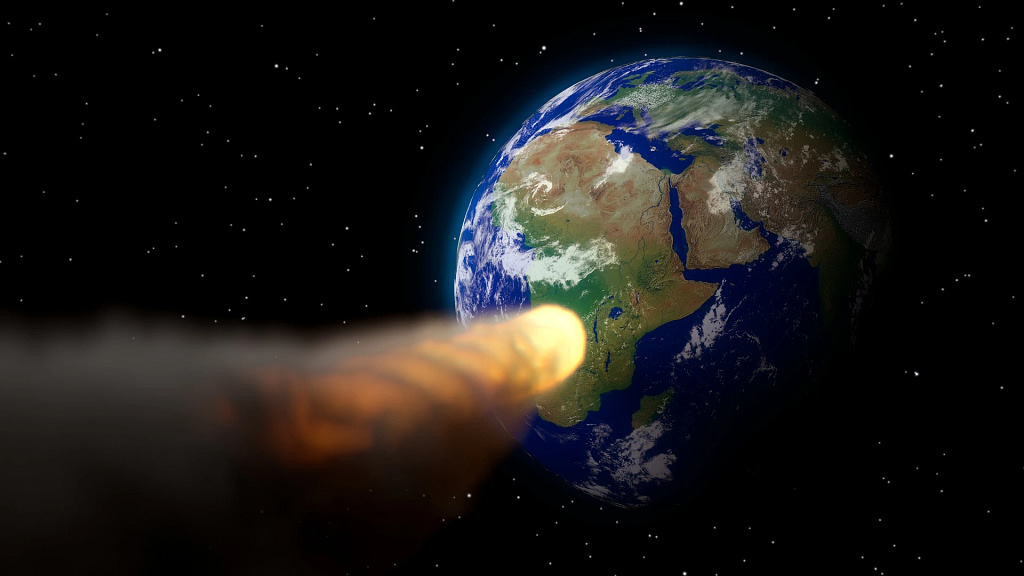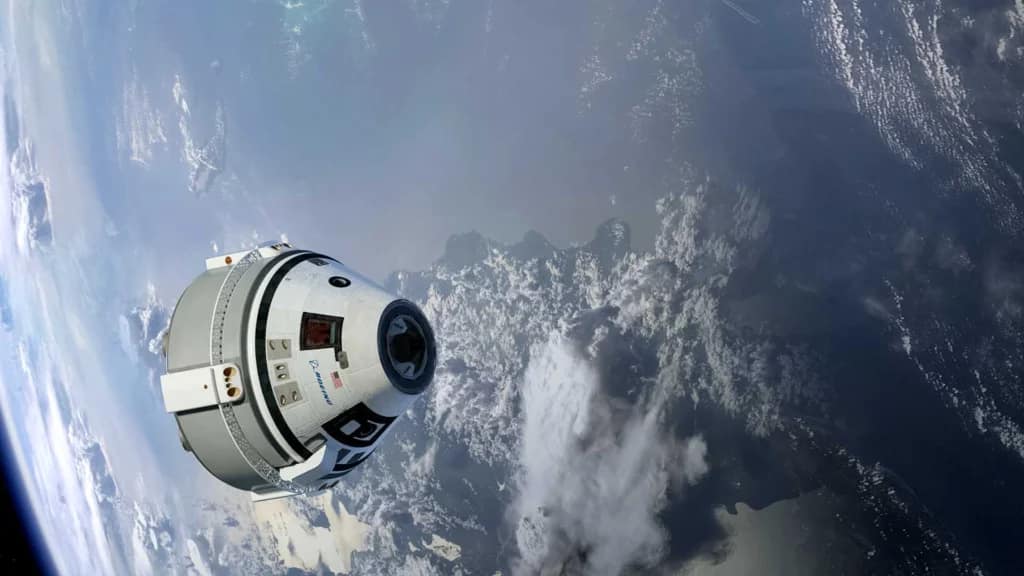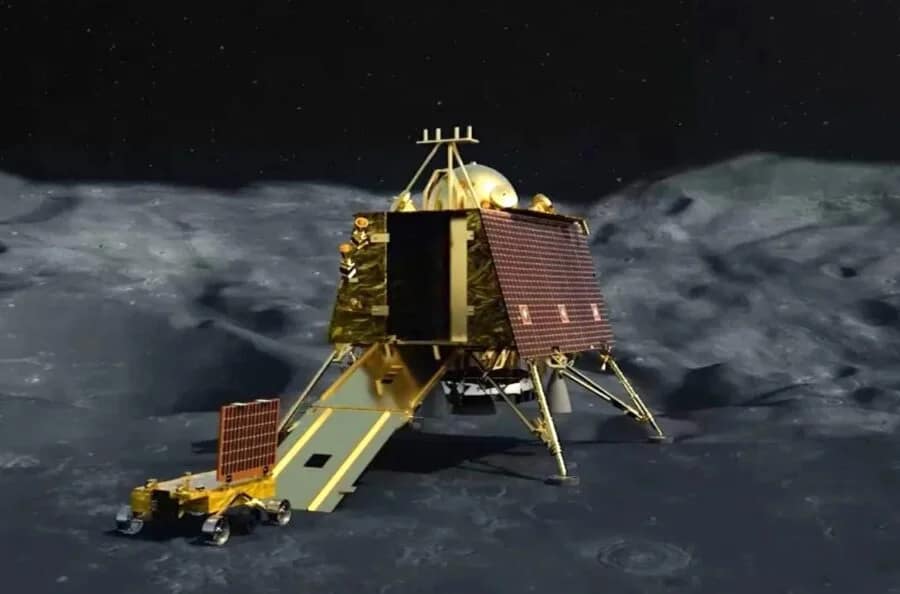The International Space Station, a symbol of international cooperation and scientific progress, has been orbiting Earth for over two decades. However, like all things, the ISS has a finite lifespan, and its retirement is fast approaching. NASA has unveiled a dramatic plan to retire the International Space Station by crashing it into the ocean by 2031 after the Artemis 2 Mission. This article explores the reasons behind this decision and the innovative methods NASA is employing to ensure a controlled and safe deorbit.
The Aging of the International Space Station
The International Space Station, which has orbited Earth at an average altitude of 253 miles, has been a home and laboratory for astronauts from around the world. Yet, as it ages, it becomes increasingly challenging to maintain its operational integrity. NASA has reported that the current decade will mark the end of its operational life. This has led to the question: why crash it into the ocean?
Safety First
The decision to crash the ISS is not a reckless one; rather, it is rooted in safety. Leaving the ISS in orbit after its operational life could pose a significant risk to other satellites and future space missions. Space debris is a growing concern, and the ISS, if left unchecked, could exacerbate the problem. The fear is that an uncontrolled deorbit could lead to debris scattering unpredictably in Earth’s orbit, potentially endangering other space missions.
The Plan for Controlled Deorbit
To ensure a controlled descent, NASA plans to gradually lower the ISS’s orbit until it enters Earth’s atmosphere. As it descends, the ISS will begin to break apart. The remaining fragments will be targeted to crash into a specific location in the ocean known as Point Nemo, often referred to as the ‘spacecraft graveyard.’ This remote spot in the South Pacific Ocean is the farthest point from any land, making it an ideal location for the controlled deorbit of space debris.
The Role of the ‘Space Tug’
To achieve this controlled deorbit, NASA has allocated funds to develop a new “space tug.” This specially designed spacecraft will guide the ISS to its final resting place. Previously, the strategy for deorbiting the ISS relied on Russia’s robotic Progress cargo vehicles. However, with the new budget, NASA aims to have its own dedicated spacecraft for the task, eliminating the dependency on external entities.
Future Vision
The decision to end the ISS’s mission in this manner aligns with NASA’s vision for the future. The agency intends to transition from the ISS to commercially owned and operated destinations in low Earth orbit by the late 2020s. This strategic move is set to pave the way for newer, more advanced space habitats and platforms that can support a broader range of scientific experiments and potentially serve as stepping stones for further developments.
Budget Allocation
With a budget allocation of $180 million, NASA aims to create this specialized ‘space tug’ to guide the ISS to its designated resting place. This investment underscores the importance of safety, precision, and forward-thinking in space operations. The cost is a small price to pay to ensure that the ISS’s retirement is carried out in a controlled and secure manner.
As we prepare to bid farewell to the ISS in the coming years, it’s essential to remember the invaluable contributions it has made to space research and the unity it symbolized among nations. The end of the ISS era will pave the way for new horizons, innovations, and explorations in the vast realm of space.
ISS crash into the ocean is not a destructive act but a carefully considered decision to ensure the safety of space operations. By developing a dedicated ‘space tug’ and transitioning to new space habitats, NASA is paving the way for a future of advanced scientific experiments and space exploration. As the ISS era comes to an end, we can look forward to exciting developments in the realm of space.




